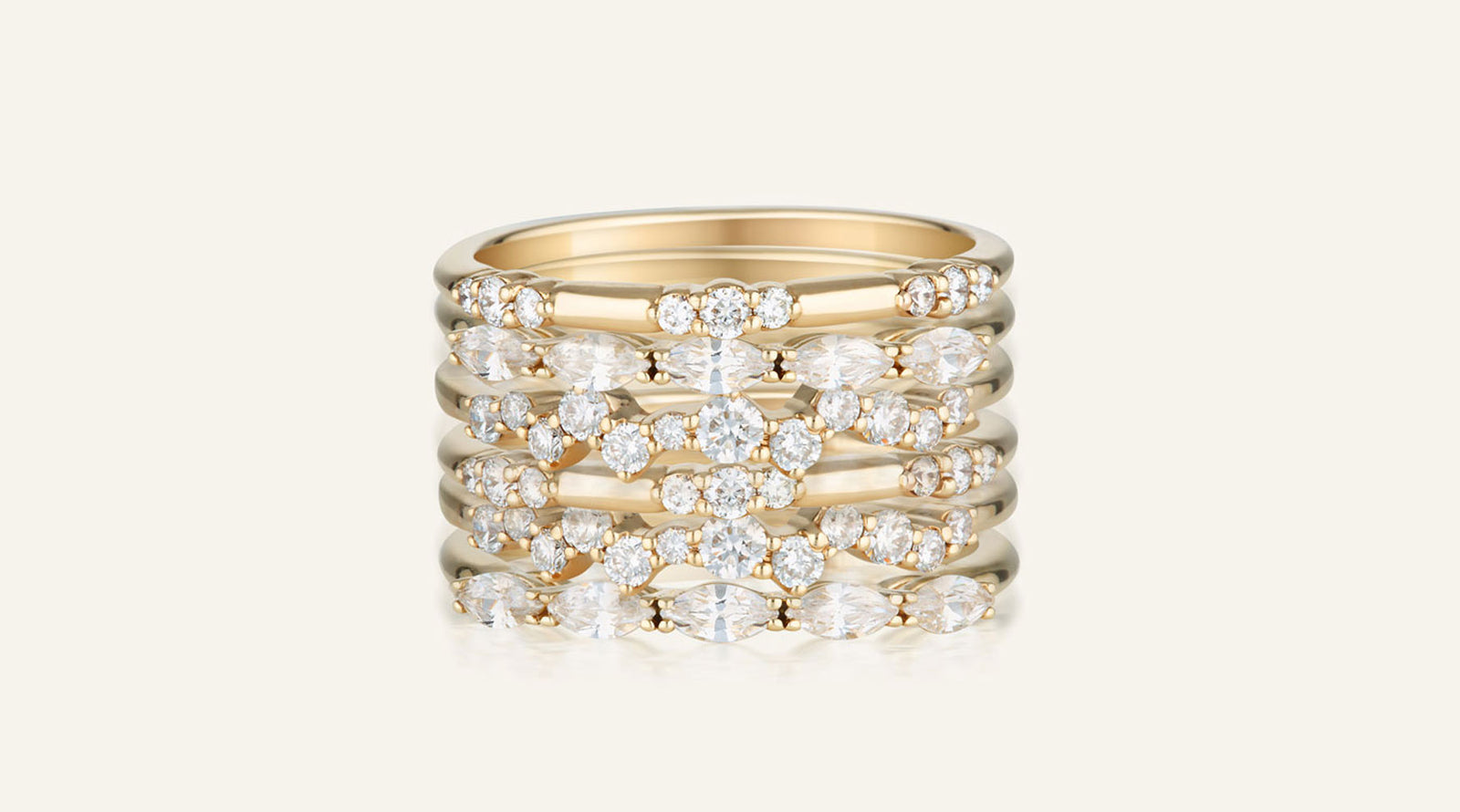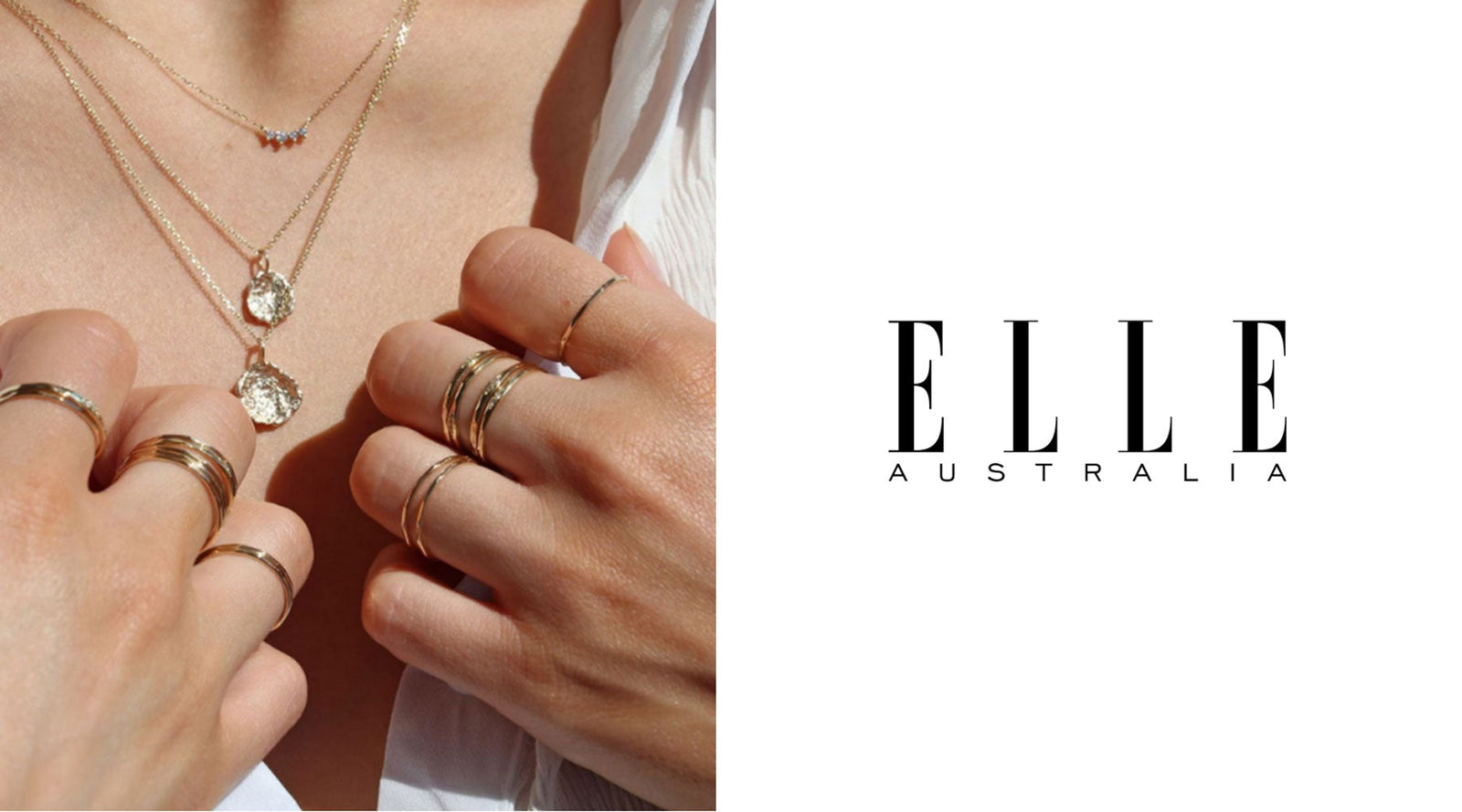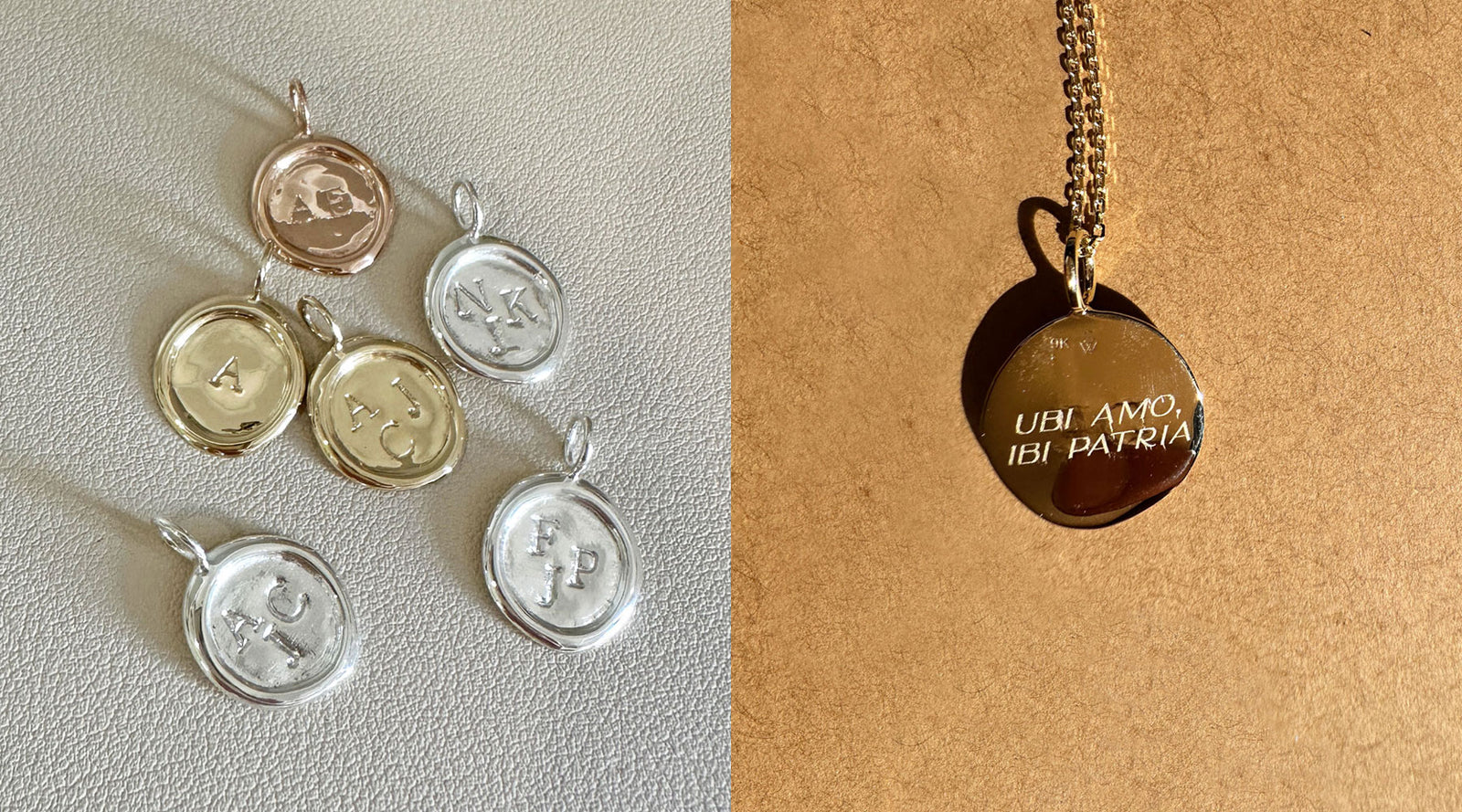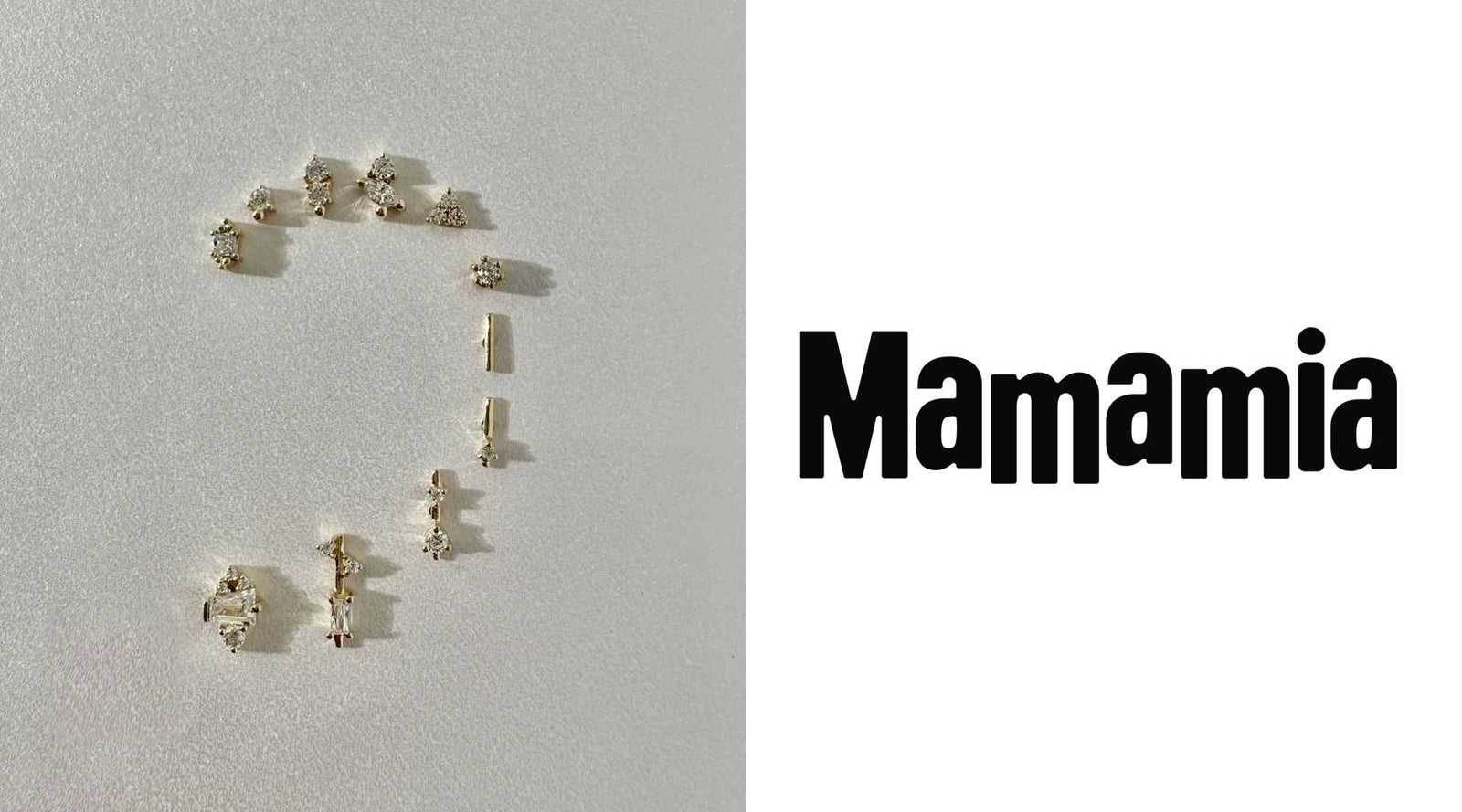
Diamond simulants, Lab created diamonds, Cubic zirconia (CZ), and Moissanite are all popular alternatives to mined diamonds, but they are not the same thing. Let's explore the differences between these diamond alternatives to help you choose the best option for your needs.
Diamond Simulants: The term 'diamond simulants' is used to describe any gemstones that are designed to look like diamonds, but are not made of carbon. Examples of diamond simulants include glass, cubic zirconia (CZ), and moissanite. These simulants are often much less expensive than diamonds but may not be as durable or brilliant.
Cubic Zirconia (CZ):Cubic zirconia is a very popular type of diamond simulant that is made from zirconium dioxide. CZ is often used in jewellery because it is much less expensive than diamonds and is often indistinguishable to the naked eye from the real thing. CZ is a great choice for those who want a diamond-like appearance without the high price tag.
Moissanite:Moissanite is a type of diamond simulant that is made from silicon carbide. Moissanite is often compared to diamonds because it has a similar appearance, hardness and brilliance, but is available at a more affordable price point. Moissanite is a good choice for those wanting a higher quality diamond simulant to the more ubiquitous CZ.
Lab Created Diamonds: Lab created diamonds are real diamonds that are made in a laboratory rather than being mined from the earth. These diamonds are chemically, physically, and optically the same as mined diamonds and are often much more affordable. Lab created diamonds are environmentally friendly and are a good choice for those who are looking for a more sustainable option.
Whether you are looking for a more sustainable option, a more affordable option, or simply a diamond-like appearance, there is an option available to suit your needs. Learn more about the diamond simulants and gemstones used in our designs here.




